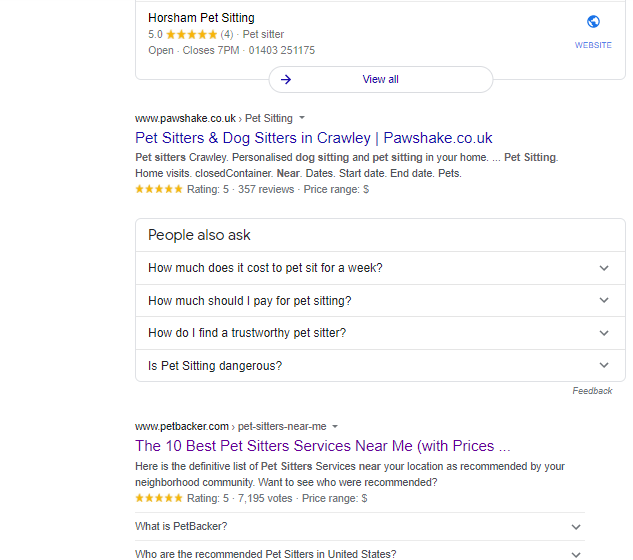The horse had already bolted! This blog explores what happens if you don’t protect your websites thoroughly enough, as I have just found out, and the barn doors refer to the security systems I now have in place.
To be honest, I thought I was pretty diligent and my websites were safe – I’d check my websites regularly and made sure they were kept up to date. The problem was, I had some old websites that were forgotten about and these were left to their own devices, and it would appear that malware got in via an out-dated (and free) old plug-in.
So what happened? Well this is pretty much the gruesome sequence:
• First noticed websites were loading really slowly
• Then spotted there seemed to be an odd reference flashing up in the bottom left hand corner where the transfer information shows
• Got calls from website owners that there sites were starting to load and then diverting to very unsavoury websites
• My hosting company noted there was malware and pulled down every website
• All my linked Adwords campaigns then got stopped by Google
This was now a complete mess – I couldn’t restore my websites until I could prove they were clean, and I didn’t know what was wrong with them, how to clean them, or if any of my back-ups were malware free or already infected!
So how did I ultimately fix this?
1. Paid a lot of money to a security expert to go through every website and remove everything malicious. This turned out to be numerous things, including scripts hidden in the html code, renaming of pictures, every published page and blog having spam codes entered etc.
2. Paid a lot of money to install proper security software (Wordfence).
3. Spent a lot of time and effort checking websites myself, getting my hosting company to re-instate the websites, and finally getting Google to re-instate all the Adword campaigns.
The moral of the story is pretty obvious, but I’m still shocked at how fast this got out of control once they managed to get in. So if you have a website, check your website provider has you covered, or get those new barn doors now!


